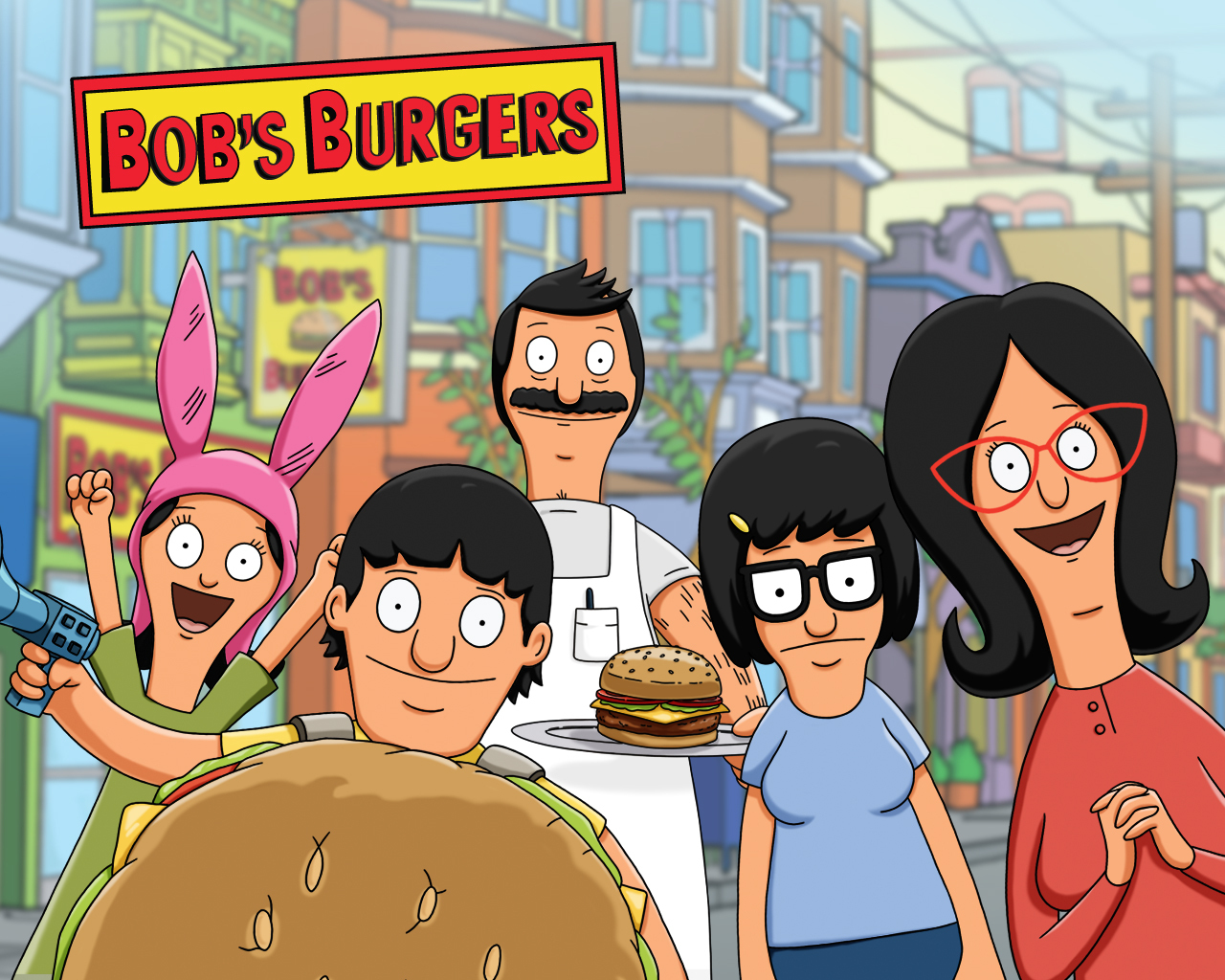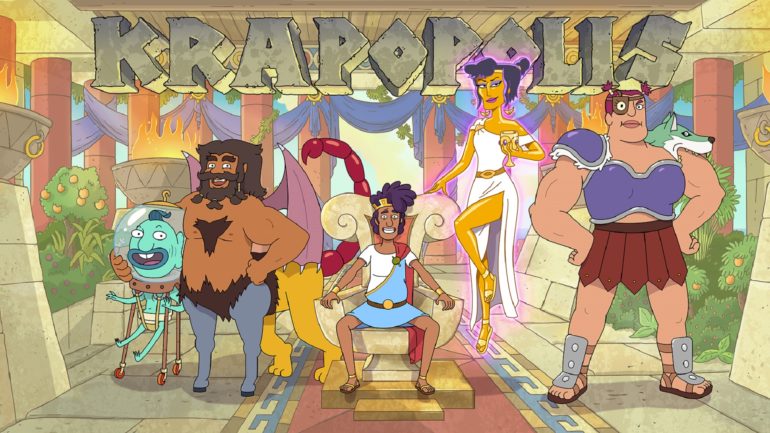History of Animation: A Brief On The Legendary Career Of Ralph Bakshi
How Ralph Bakshi Animated Race
Perhaps more than any other animator in history, Ralph Bakshi sought to portray society without the slightest trace of Disney magic. One of the most successful independent creators of all time, his work has often been described as unfiltered, unapologetic and, at times, insensitive.
The best way to understand his work is to look at his life, in particular his upbringing. Born to Russian Jewish immigrants and raised in the streets of Brownsville, Brooklyn, Bakshi’s world was and, in a way, remains a “Jewish-Italian-black armed camp” filled with sex, violence and art.
Here’s how Bakshi described it himself whilst talking to Wired: “My mother’s family was killed by Hitler. Blacks weren’t able to vote. I grew up in a time when ideas were very important, and you had to fight for truth and justice.” He said he did not see that fight take place in animation anymore, so he decided to change that.
Cats and Crows

After a brief period of assembly-line drawing at Terrytoons, Bakshi produced his first independent feature, Fritz the Cat. America’s first cartoon to receive an X-rating, the picture centered on a dirty-minded young feline who masked his insatiable lust for sex behind a thinly-veiled appreciation of poetry.
Like many of Walt Disney’s films, Fritz was set in a place filled with anthropomorphized animals. But whereas Disney’s critters sung and danced, Bakshi’s smoked roaches, engaged in raunchy bathtub orgies, and promoted extreme political viewpoints—sometimes all at the same time.
Made in the seventies and set during the sixties, Fritz was greatly concerned with the civil rights movement. While most races and religions were portrayed by a variety of animals—cats, dogs, and aardvarks—African Americans were drawn exclusively as crows, an obvious nod at the segregationist policies that oppressed them.
Despite this disconcerting design choice, the crows actually stand out rather favorably compared to other characters, especially Fritz, whom Bakshi himself describes as being “full of shit.” Indeed, while cats and birds may share in both bravado and machismo, only one side comes across as being genuine.
For a clear example look no further than the film’s supporting character, an old crow named Duke. Not only does he get the overconfident Fritz out of a bar fight, he even sacrifices his own life trying to save the feline from a shootout with white cops who—of course—are drawn as dumb, perverted, and sadistic pigs.
Bakshi’s sympathetic portrayal of African Americans carried over in his next film, Heavy Traffic, whose protagonist, a world-weary adolescent cartoonist, teams up with a kind, caring and confident black bartender who represents a ray of light in this otherwise cruel and corrupt urban setting.
Society Skinned

Despite having already pushed the envelope more than any other animator before him, Bakshi would not run into opposition from the public until the release of third film, Coonskin (1975). Named after a nasty African American slur, the film was so obscene it almost ended his career.
The picture follows three black and—as their names suggest—anthropomorphize gangsters named Brother Rabbit, Brother Fox and Brother Bear who try to take over Harlem’s criminal underbelly from the hands of other black organizations, the Italian mafia, and a racist white police force.
Coonskin divided America. When the film came out, its distribution was boycotted by the Congress of Racial Equality but promoted by the National Association of Colored People. Critics praised the film for fairly representing the violence of city life while Republicans and KKK members congratulated Bakshi for his achievement.
The most identifiable problematic aspect of the film is the design of its main character. Unlike Bear and Fox, who are drawn in brown tones, Rabbit is rendered black. Whereas Bear resembles an animal and Fox a person, Rabbit looks like neither, his only identifiable features being his big ears, big eyes, and big lips.
Over the years Coonskin has been marketed as a film that offends everyone, a statement which holds up to the extent that other ethnicities are equally subject to caricature. From the morbidly obese mob boss—more monster than human—to the ugly and ignorant white cop—Bakshi leaves no stone unturned.
The Sound of the Streets
Systematic poverty, institutionalized racism, domestic violence, homophobia, sex, drugs, alcohol, tobacco—these are all things that were purposefully excluded from Disney’s films and, for that same reason, became ever-prevalent and all-consuming in Bakshi’s.
While Disney’s fairy tale stories brainwashed audiences into believing that the world was a more beautiful and just place than it really was, Bakshi worked hard to tear down their conglomerate illusion and show people the streets and neighborhoods they purposefully avoided on their way to their local cinema.
They were streets filled with garbage and gunshots, where the poor fought against the poor while the rich were nowhere to be seen. They were streets that knew neither beginnings nor endings, and certainly no happily-ever-afters. They were streets that have rarely been portrayed on screen.
And yet portray them is precisely what Bakshi sought to do. He tried to do this through character design which, as the YouTube channel The Royal Ocean Film Society has pointed out in one of their videos, deliberately inflated and exaggerated stereotypes in order to expose out their inherent nonsensicality.
He also tried to do it through his dialogue, which he preferred to find in others rather than himself. Roaming NYC with a tape recorded in hand, he searched every nook and cranny for a chance to overhear an earnest exchange, and forbade his sound-mixers from cleaning up even such things as grain and background noise.
Last but not least he tried to find it in his own experience, which permeates every scrappy cell of his movies. For all intends and purposes of this particular investigation, that experience still isn’t the same as that of a person who lived and died on the fringes of America, but at the very least it was someone who cared about that person deeply.

























Just cancel this bird already. The chicken is beyond cooked. It's burnt to a crisp.